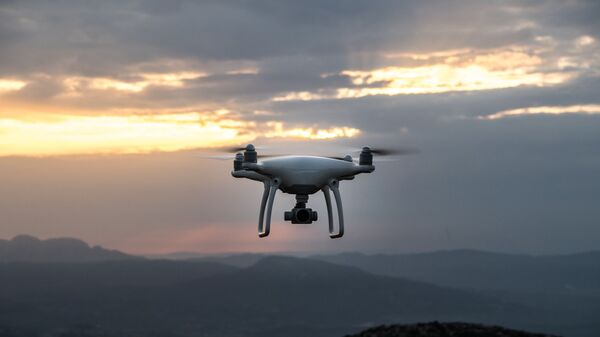Two scientists from Ben-Gurion University (BGU) of the Negev in southern Israel recently presented a paper on their research into counter-drone operations that applies artificial intelligence to hunting down the operators of UAVs.
Dr. Gera Weiss, a professor of computer science at BGU, presented the research at the Fourth International Symposium on Cyber Security, Cryptography and Machine Learning in Be’er Sheva on July 3. The new method analyzes the way drones fly through an environment in order to figure out where their operators are located.
Finding a drone operator, instead of just jamming or shooting down a drone, can be far more effective, since a single operator is often flying multiple drones at once.
“Currently, drone operators are located using RF [radio frequency] techniques and require sensors around the flight area which can then be triangulated,” Eliyahu Mashhadi, a GBU computer science student and lead researcher on the project, told Israel Defense. “This is challenging due to the amount of other WiFi, Bluetooth and IoT [internet of things] signals in the air that obstruct drone signals.”
Mashhadi told Breaking Defense these older methods tend to be catered to specific brands of drones, making a generalized defensive system cumbersome to operate. However, the researchers’ new method looks for patterns in the drone’s route during its flight.
Their simulations provide “a realistic flight experience for the operator that includes sun gazes, obstructions, and other visual effects that produce the reactions of the operators that allow us to identify their location,” Mashhadi told Breaking Defense.
Israel already operates the Drone Guard counter-UAV system, which until recently could only detect incoming drones with man-portable radars. However, Jane’s reported late last month that interceptor systems were being incorporated into Drone Guard, such as jamming devices that make the UAV unable to receive signals from or send them to its operator, as well as kinetic weapons provided by ELTA Land Systems that have been dubbed “Iron Drone,” after the “Iron Dome” air defense system Israel uses to shoot down missiles.
The Pentagon, too, is focusing heavily on drone interception systems, especially in the aftermath of the September 2019 attacks on two Saudi oil facilities carried out by swarms of suicide drones. In late December, Under Secretary of Defense for Acquisition and Sustainment Ellen Lord told reporters that making between three and five counter-UAV systems in 2020 was a “top priority.”



